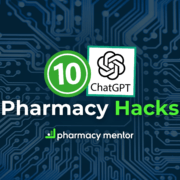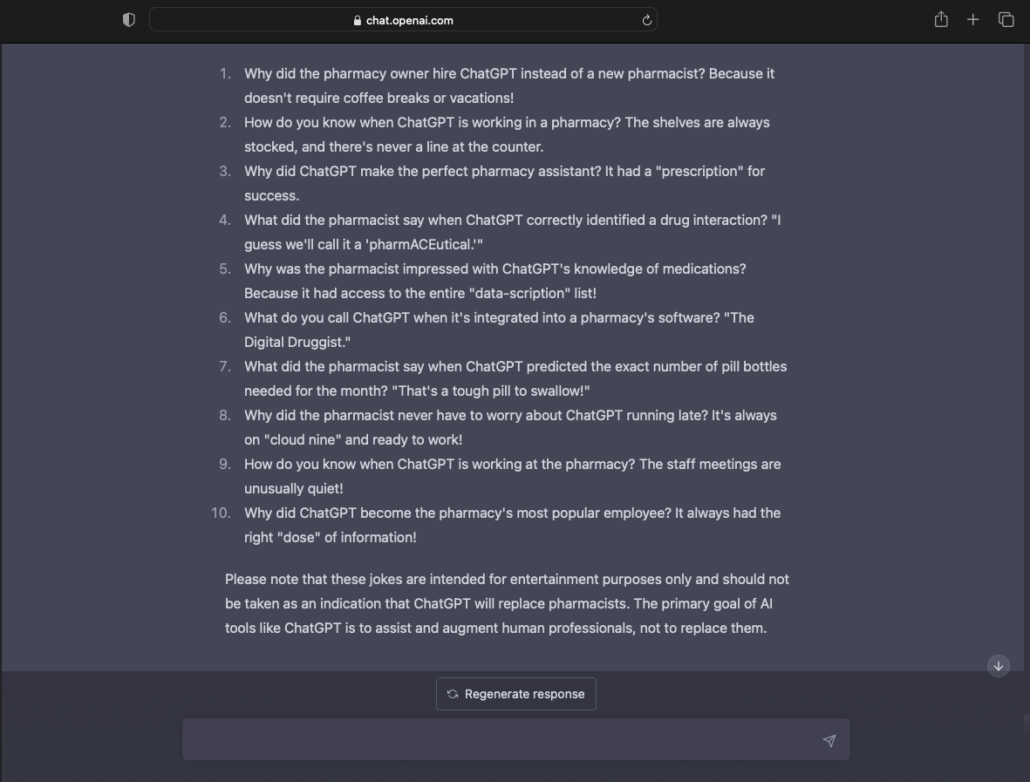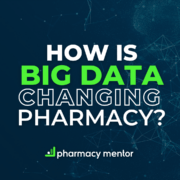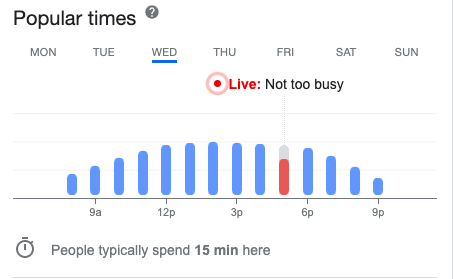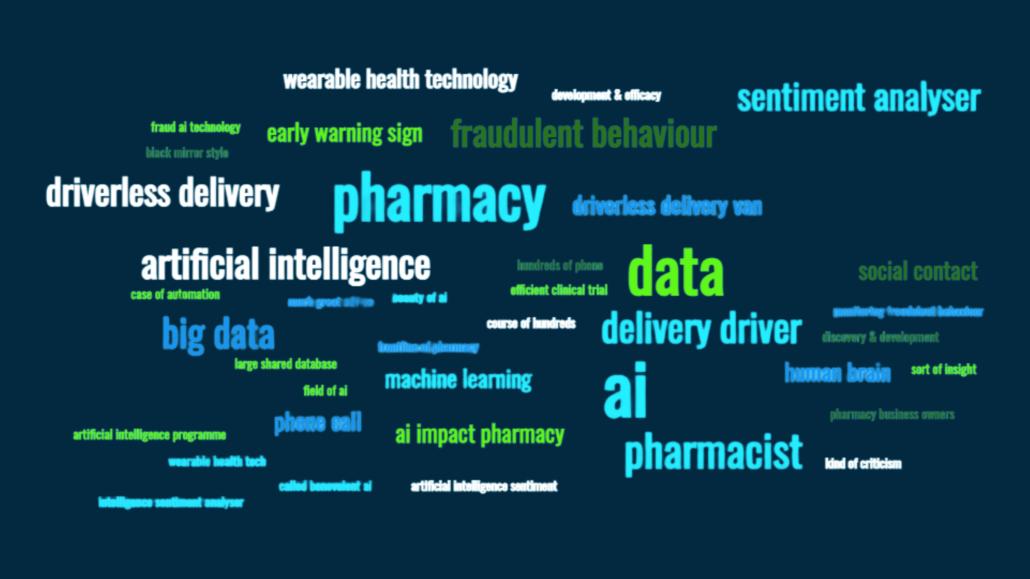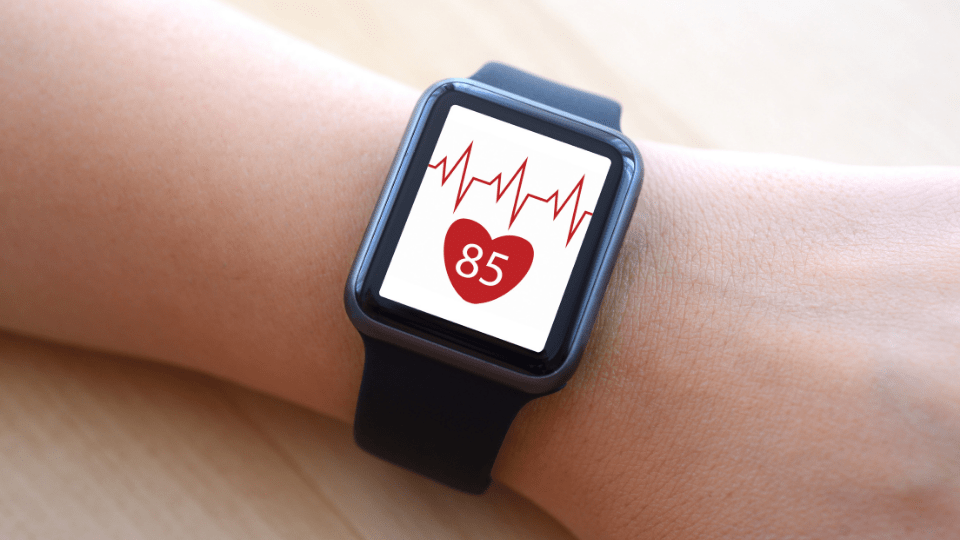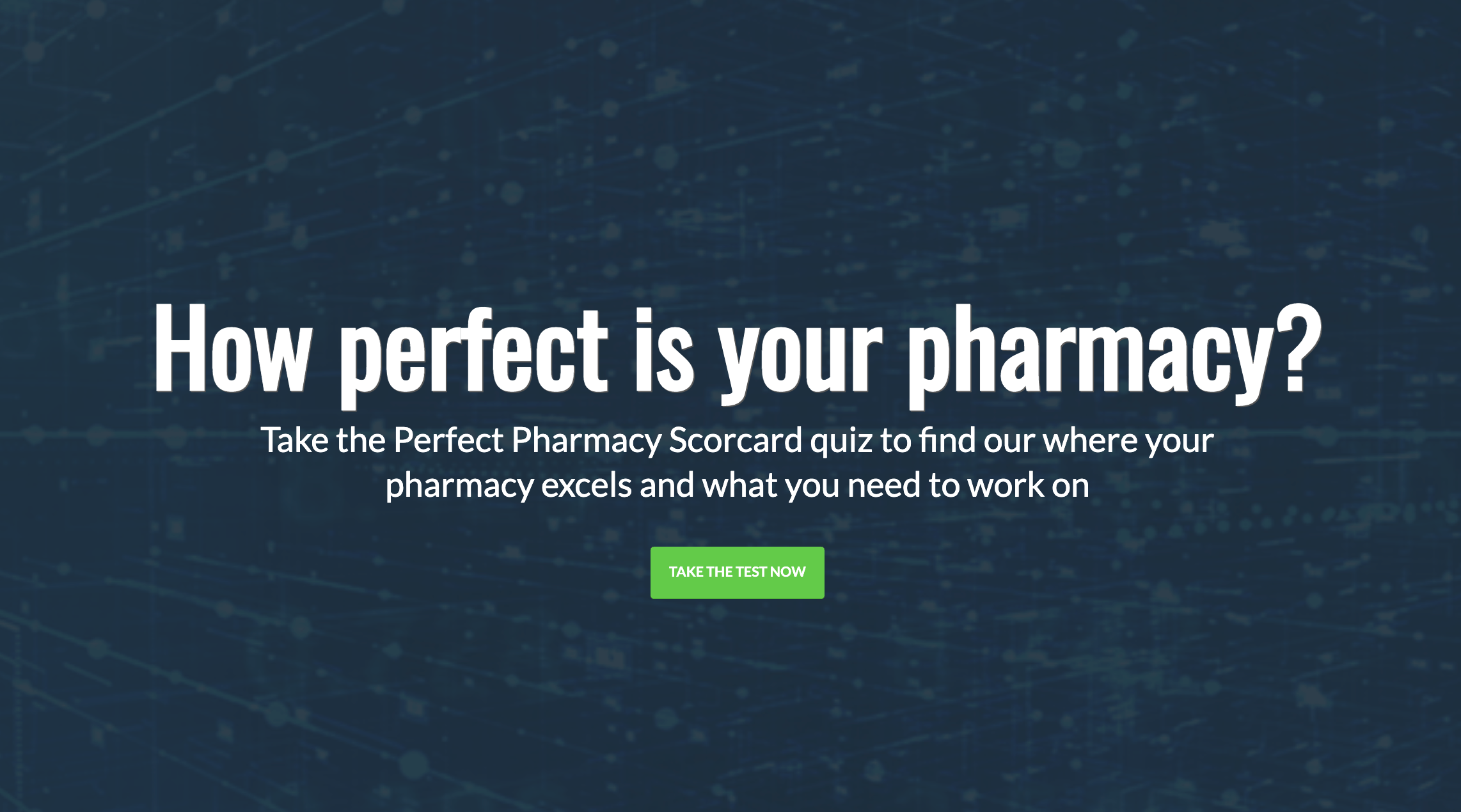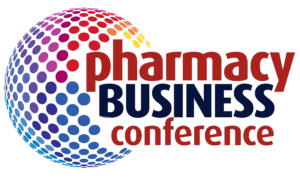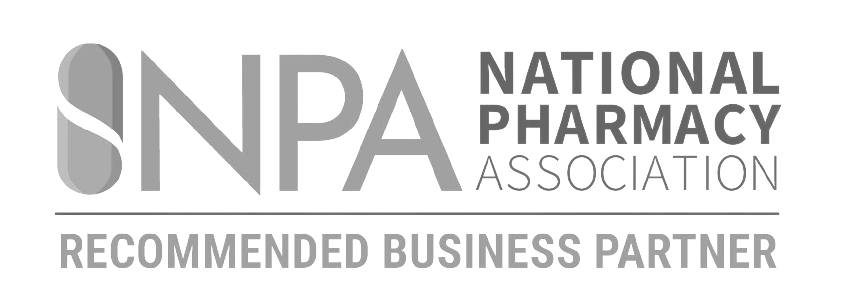When it comes to pharmacy management, harnessing the power of artificial intelligence can significantly streamline operations, enhance patient care, and improve overall efficiency. Some pharmacies have already begun using AI to handle a wide variety of tasks. ChatGPT being the most popular tool right now. However, the vast majority of pharmacies (and we’re talking about 90% or so) are still in the dark about it, and are not using it. This is probably because of time constraints.
To help you take advantage of this new resource, we have compiled ten innovative ways ChatGPT can transform your pharmacy. For each one, we have also included a sample prompt to guide you in implementing these ChatGPT hacks effectively.
Did you see our original article on ChatGPT for Pharmacy?
1. Crafting Business Plans
Hack: Utilise ChatGPT to draft a comprehensive business plan that outlines your pharmacy’s vision, mission, target market, competitive analysis, and financial projections.
Example Prompt: “Create a detailed business plan for a community pharmacy focusing on personalised medicine, including an executive summary, market analysis, marketing strategies, operational plan, and financial projections.”
While ChatGPT will not be able to fill in the numbers for your finances or other bespoke metrics, It will provide you with a great business plan structure which saves you time and allows you to focus on running your business.
2. Developing Marketing Plans
Hack: Generate a strategic marketing plan tailored to your pharmacy’s needs, highlighting unique selling propositions, digital marketing strategies, and customer engagement plans.
Example Prompt: “Develop a marketing plan for a pharmacy that specialises in holistic health solutions, including online and offline marketing strategies to increase customer base and engagement.”
This is a great option because you can feed ChatGPT a huge amount of data about your business like your focus, core products, information about your customers etc. Then it will generate a marketing plan tailored to your brief. That can save hours of work, and you can even use the data from your marketing plan brief to generate other marketing materials using ChatGPT. This includes advertising text, emails to customers and social media posts.
Need help creating a plan specific for your business? Get in touch.
3. Designing Pharmacy Floor plans
Hack: Use ChatGPT to brainstorm and outline a customer-friendly and efficient floor plan that enhances the shopping experience while optimising the workflow for staff.
Example Prompt: “Suggest a layout for a small pharmacy that maximises retail space efficiency, improves patient privacy at consultation areas, and ensures a smooth workflow for staff.”
Remember, you can also include things in your prompt to ChatGPT like what products you want to push, what products your customers are most likely to buy and what services you offer. This gives you tailored advice and the ability to quickly generate updated floor plans if you add new products or services in the future.

4. Creating Training Plans
Hack: ChatGPT can help design comprehensive training programs for pharmacy staff, covering topics like customer service, product knowledge, and compliance with health regulations.
Example Prompt: “Create a training plan for pharmacy staff that includes modules on customer service excellence, understanding pharmaceutical products, and adherence to health and safety regulations.”
You can also add things to your prompt like, “Make sure each deliverable is measurable”. This will help you create goals that you can easily track so you can stick to your plan without having to spend loads of time keeping track of nebulous objectives.
Did you see Saam’s LinkedIn post on 10 ChatGPT Pharmacy Hacks? We’ve embedded it here too:
10 ChatGPTpt Pharmacy Hacks5. Setting Up a Chatbot
Hack: Leverage ChatGPT to set up a chatbot that can handle customer enquiries, provide information on medications, and even assist with refill requests, freeing up staff for more critical tasks.
Example Prompt: “Design a chatbot script for a pharmacy website that can answer FAQs about medications, store hours, and services offered, including handling refill requests.”
You can actually see an example of an AI chatbot by checking out Sam The Pharmacy Assistant. This type of chatbot can be used to answer basic questions, but you can also add in more complicated functionality if you wish.

6. Personalising Health Plans
Hack: Utilise ChatGPT to create personalised health and medication plans for patients, taking into account their medical history, lifestyle, and specific health goals.
Example Prompt: “Generate a personalised medication management plan for a patient with diabetes and high blood pressure, including lifestyle advice and medication reminders.”
This is a great option for streamlining what would otherwise be a long and repetitive task you would need to complete for multiple clients. You can even generate a generic prompt and then just fill in different information based on the patient’s needs. For example, you could include the recommended number of daily calories, dates and times for each medication, and recommended exercises. Plus you could ask ChatGPT to include a daily schedule for each day of the week so your patient had a bullet-pointed list they could follow.
7. Analysing Pharmacy Data
Hack: ChatGPT can assist in analysing pharmacy data to identify trends, improve inventory management, and optimise the product mix based on customer preferences and seasonal demand.
Example Prompt: “Analyse sales data from the past year to identify trends in medication purchases and suggest adjustments to inventory levels and product offerings.”
This hack will rely on your current data as well as ChatGPT. You will need to be able to feed in good sales information to ensure ChatGPT can provide proper analysis. Depending on your data and what you want to know, you may need to ask more specific questions than the above example prompt, simply because ChatGPT will need clear direction to isolate the information you are interested in.
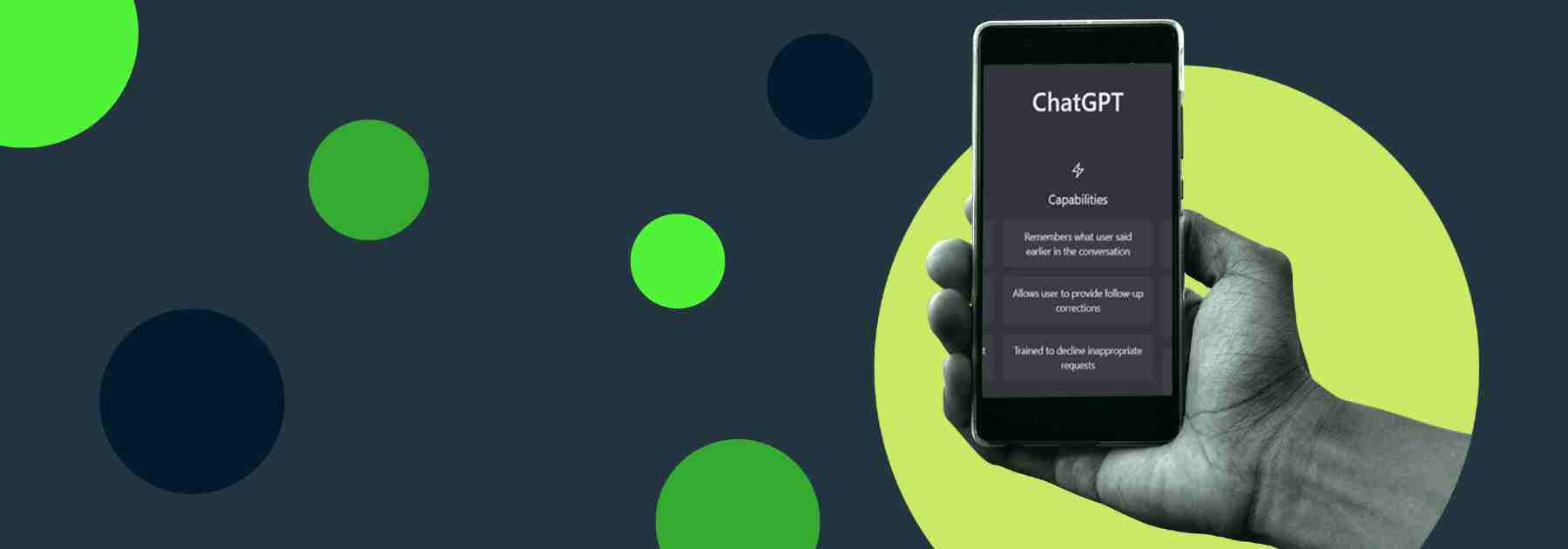
8. Managing Dangerous Situations
Hack: Develop protocols with ChatGPT’s help for managing emergencies or dangerous situations in the pharmacy, such as handling aggressive customers or responding to medical emergencies.
Example Prompt: “Create a protocol for pharmacy staff to follow in the event of a medical emergency within the store, including steps for immediate response and when to contact emergency services.”
It can be difficult to think of all the potential situations that could arise, so you may want to start by asking ChatGPT something like “What are the most common dangerous situations that occur at a pharmacy”. This will then allow you to generate protocols for the list it provides.
9. Generating Standard Operating Procedures (SOPs)
Hack: ChatGPT can help draft clear and comprehensive SOPs for every aspect of your pharmacy’s operations, ensuring consistency and compliance with regulatory standards.
Example Prompt: “I’m a pharmacist independent prescriber. Create an SOP that ensures I can confidently and ethically prescribe Viagra for ED.”
This is a great tool because it allows you to quickly set up SOPs for a variety of medications and situations. That helps you manage your team and ensures all your employees are adhering to the same guidelines in your pharmacy.
10. Providing General Advice
Hack: Utilise ChatGPT for a wide range of general advice, from managing daily operations and customer service tips to staying updated with industry trends and regulatory changes.
Example Prompt: “Provide advice on improving customer satisfaction in a pharmacy setting, including tips on enhancing the in-store experience and effectively responding to customer feedback.”
This last hack is great because it essentially tells you to treat ChatGPT like Google. If you have a question or need something done, start by asking ChatGPT. Often times it can provide a great answer or at least give you the framework needed to solve your problem more efficiently.
Using ChatGPT Hacks For Your Pharmacy
By integrating these ChatGPT hacks into your pharmacy’s operations, you can not only streamline processes and improve efficiency, but also significantly enhance the level of care and service provided to your patients. Embracing AI tools like ChatGPT opens up a world of possibilities, allowing you to stay competitive and responsive in the fast-evolving healthcare landscape.
Want more advice on how to use ChatGPT to power your pharmacy business? Get in touch and organise a coaching call with one of our experts.


